The world is before you, and you need not take it or leave it as it was when you came in.
—James Arthur Baldwin
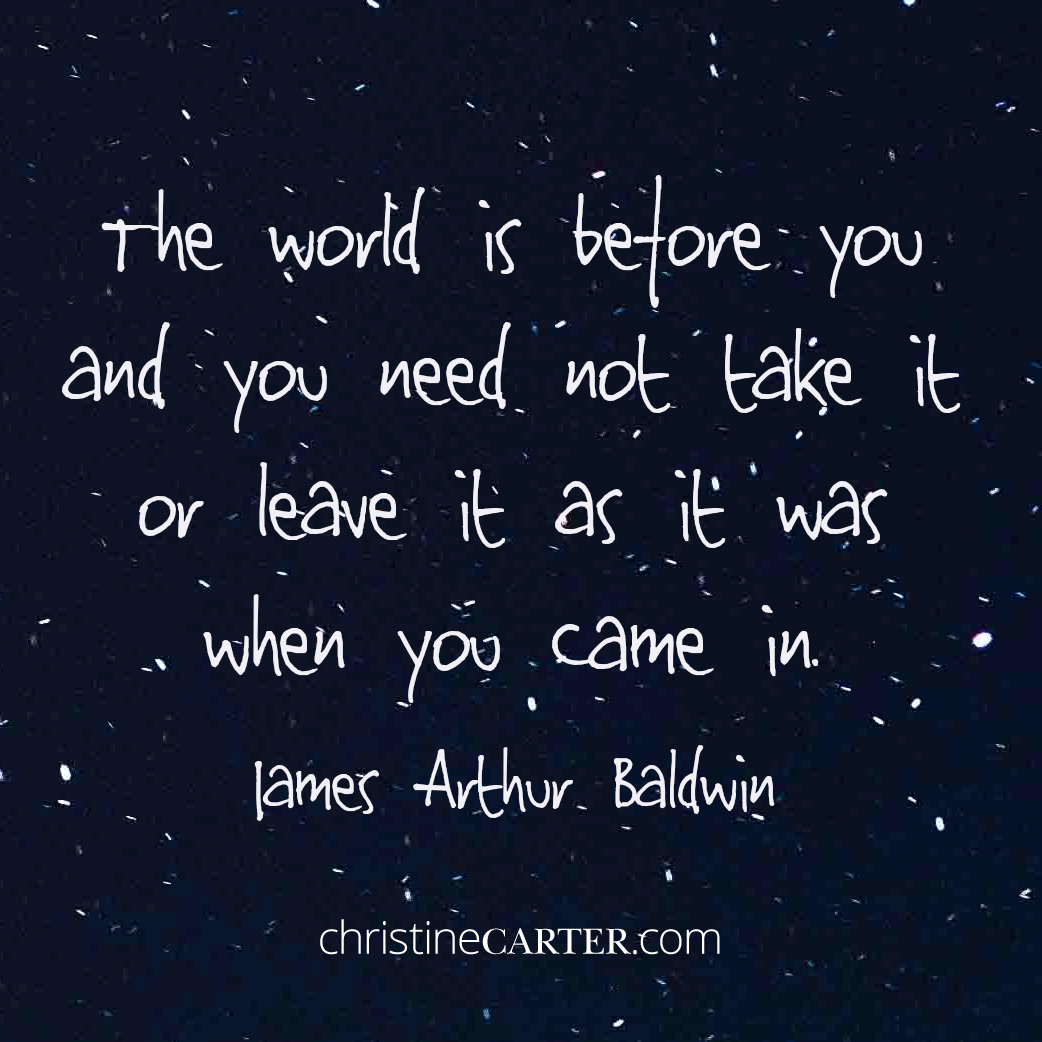

The world is before you, and you need not take it or leave it as it was when you came in.
—James Arthur Baldwin
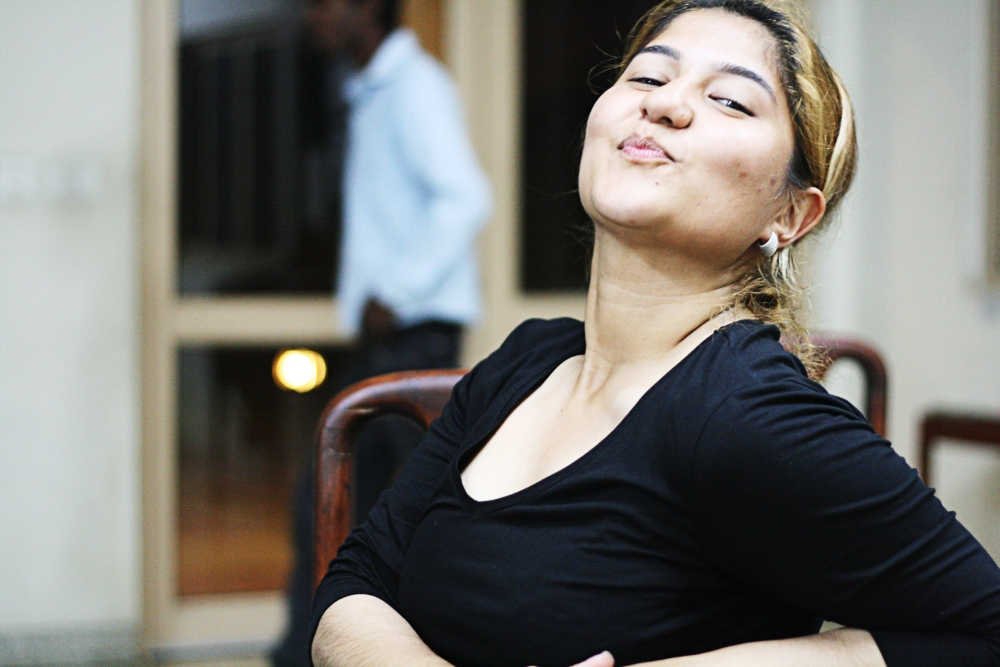
What if you didn’t have to worry about what other people think of you? Does your body sigh with relief at the thought of all the freed up time and energy you’d have? Or do you seize up with fear or resistance to the idea?
Authenticity’s appeal is obvious, but how does a person even go about being fully authentic, anyway? Here are 3 tips to get started.
Being authentic is, of course, at it’s core about being in total integrity with what is true for us. But most of us were not raised to be truth tellers, really–we were raised to people please. We were taught that white lies are totally okay. We were taught to pretend and perform and make nice.
But pretending–even if it is relatively meaningless, even if it is meant to protect someone else–is a form of lying.
And lying, even if we do it a lot, or are good at it, is very stressful to our brains and our body. The polygraph test depends on this: “Lie Detectors” don’t actually detect lies, but rather they detect the subconscious stress and fear that lying causes. These tests sense changes in our skin electricity, pulse rate, vocal pitch and breathing that the stress of lying causes. It’s as if all sorts of alerts go off when we lie, as if the body is howling for us to stop.
Fortunately, we become happier and healthier when we live our truth. It is also the only way to be authentic.
Sometimes it feels really hard to know who we are and what we want. But fortunately, our body always already knows what we are feeling, even when we aren’t conscious of it.
Try listening to the feedback that your body is giving you right now. Say something really untrue out loud, preferably to someone else. Try something like “I love it when my boss humiliates me in front of my team,” or “I adore having the stomach flu.” Then notice: How does your body react? The response will likely be ever so slight: a minuscule pulling back; or tensing of your jaw; or a tiny shoulder raise. When I say something that my unconscious mind hates, my body tries to tell me through a little heaviness in my stomach. If I spend too long doing something that feels wrong for me, I end up with a stomachache.
Now try saying something out loud that is true for you, and notice your body’s reaction. Try something like “I love the ocean,” or “I love the feel of my baby’s head on my cheek.” How does your body respond? When I say something that is very true for me, or when someone else says it to me, I get “chills of truth”—the hair literally stands up on my arms. And if I’m grappling with something hard, but the right answer comes up for me, I get “tears of truth.” Tears that tell me that something is profoundly true feel qualitatively different than the tears that come from grief or hurt.
What is true for us tends to make us feel stronger and more free. And lies tend to feel like constraint and constriction–our shoulders ache, our back hurts, or our stomach churns.
“Being You” is massively different from being perfect, or being the best possible version of yourself. We are all human, and by definition that means that we are often messy and raw and wrong.
When we love only the parts of ourselves that we deem to be good or strong or smart, we reject the parts of ourselves that make us real. This sets us up for inauthenticity. We start hiding what is real and showing off what is sparkly, but our seeming perfection is fake.
The only thing to do with all our imperfections is to accept them with forgiveness and compassion. And also to accept how we feel about our flaws, which is probably not so good. This does not mean that we are resigned to never growing or overcoming our weaknesses. It just means that we can be our true selves on this path. As Leonard Cohen sings in “Anthem:”
Ring the bells that still can ring.
Forget your perfect offering.
There is a crack, a crack, in everything.
That’s how the light gets in.
Loving and accepting ourselves–and all our flaws, including our anger and fear and sadness and our pettiness–is, in the end, the only thing that enables us to be authentic. It is also the greatest gift that we can give ourselves. It is the reason that authenticity makes us happier and healthier and more connected to those around us.
It’s only $20 to join our live coaching calls, thriving online community, and online resources. Upcoming call topics include:
We’ll talk about how we often need to muster considerable courage to lead our most authentic lives—and work together on just how to do that. Learn more or enroll now.

The art of being wise is knowing what to overlook. —William James
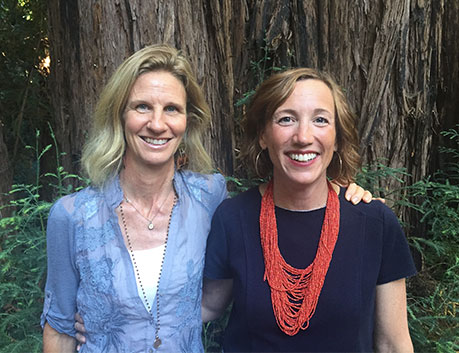
In the summer of 2016, when I received some horrible news about my health, I sent my family camping and sat on my bed for two days, spinning in thoughts of despair and sorrow. “I’m going to die and never see my children grow up. I’ll never write a book. We’ll go broke.”
After 48 hours of fighting like Muhammad Ali against my diagnosis, I did something radical. I asked, “What if I accept my situation? What would that feel like?” It felt TERRIBLE at first. My thoughts rushed in to yell at me, “You’re going to give up? You’re so weak!”
So I tried something new. I meditated on each of my thoughts and realized that what was causing me suffering was not the tumor that I could not feel in my body. Instead, my thoughts about the tumor were killing me, even before I spoke to a specialist. I needed to stop blindly believing everything I was thinking. I was going to have enough real physical pain to deal with; I didn’t need to make it worse with my thinking!
Then, something strange happened: I noticed that there was no difference between the thought “I’m going to die young,” and “I’m going to come out of this better than before” except for the way those thoughts made me feel. The relief I felt when I recognized this truth was enormous. I felt big, light, and free. I even laughed.
The minute I laughed at my most desperate thoughts, they lost their hold on me and seemed to disappear. It was as if they knew the gig was up, and moved on to someone else: “C’mon guys, let’s go bug another middle-aged woman who believes us.” Accepting my situation, while questioning my thoughts before letting them go, was making enough space in my head for wisdom.
Wisdom said, “No matter how bad your diagnosis, you still have a choice. You can spin and believe the stories that fill you with panic and despair. Or you can choose to see them not as reality, but just as stories.” I wrote down eight words in my journal: I choose joy over fear, brave over perfect.
What does it mean to be “brave over perfect”? To me it means radically accepting myself and things as they are, and moving forward anyway. I am discovering that the world is far friendlier without my scary thoughts driving the bus. I procrastinate less and take more risks. I don’t need to please others as much anymore. I write and post my work publicly. I’ve gone from believing that my writing is not worthy of an audience to feeling, Oh well. It is good enough.
I, too, feel good enough for the world. I say no without guilt. For example, I just said no to a party that we go to every year. I called my friend to tell her honestly, “I love your family. I’m sorry I won’t be there. Sunday is my best writing day.” My friend laughed and surprised me by saying, “Good for you. Let’s go for a walk later instead.”
The best news? I feel freer and happier now than I did before my diagnosis.
* * * * *
I wake up at 3am as the wind roars outside, rattling windows, pelting the house with pine needles and seed pods from the trees. I feel panic; hot, dry winds like these started the recent Northern California wildfires. Have we prepared enough for an emergency evacuation?
Less than a week into the horrific wildfires near our home, I had to leave town for work. The fires raged only a few miles away. Evacuees and their pets filled our house. People we knew were losing their homes left and right.
To make myself feel better, I typed up three pages of detailed instructions for what my family should do in case of fire or earthquake. Everyone in my family knew that the unspoken title of this little manual was “Memorize This in Case Mom’s Not Here to Tell You Precisely What to Do in an Emergency.”
I further tried to soothe my anxiety about leaving home in the middle of a natural disaster by making my family practice an emergency evacuation. Tanner volunteered to take care of the family heirlooms. I drilled him, dead serious: “Which are the high priority photo albums?” Macie, who shares my ever-present desire to control everything, asked clarifying questions about our family meeting place.
Molly was drawing on her ankle with a ballpoint pen. “Molly! Pay attention! When you get Buster into the car, what else do you need to make sure you have with you?”
My husband rolled his eyes.
Now, two weeks later, I am lying in bed in the middle of the night, again away from home. This time I am with my family in hot and dusty Ojai, California. The dry winds howl against the house. I know fire is an always-present danger. I try not to imagine the hills around us bursting into flames.
And then I slowly realize: Oh. My. God. No one is home to execute my detailed evacuation plan in case of fire. We would be safe, but like so many families we know, we would lose absolutely everything, the carefully crafted (and now laminated) emergency plan included.
Until recently, I’d thought that I’d more or less conquered perfectionism. Perfectionism, I’d become fond of saying, is a particular form of unhappiness. Thank GOD I’m not a perfectionist anymore.
Hah.
While it is true that I am no longer as afraid of making a mistake or disappointing others as I was in my youth, I have obviously not yet rid my life of perfectionism. I’ve just turned it outward, to the world, and especially to others.
Every time I try to control anything other than my own thoughts–the weather, my husband, my children–I’m sending a message to the world and the people around me that they are not good enough. This absolutely is perfectionism, and indeed, it is a particular form of unhappiness.
No matter how hard I try, I cannot control what is happening outside of my own head. This makes the world we live in tremendously uncertain. And because I am human, uncertainty makes me anxious.
Although I often forget it, I know that soothing my anxiety by trying to control everything and everyone doesn’t ever work in the end. The only thing that does work is acceptance: to accept that life (or a particular circumstance) is tremendously uncertain. Or maybe not what I wanted. And also to accept my feelings about any given situation.
For example, I accept that there are wildfires raging, and also that I feel sad and anxious about the destruction that is all around me. Acceptance is not the same as resignation, and it’s definitely not despair. It’s okay to prepare for the worst while hoping for the best.
Most importantly, acceptance is about simply trusting that it’s going to work out better to meet life where it is, and move forward from there, without trying to manipulate or control everything and everyone.
This not-controlling business? It is not for the faint of heart. Acceptance takes a huge amount of courage.
Neither Susie nor I have fully recovered from perfectionism. Perfectionism is a little like an addiction, and recovery from it is a little like sobriety. We take it one day at a time.
What Brave over Perfect means to us today is this: We choose to accept uncertainty and take action from a place of trust. Saying yes to life and all of its unknowns now feels relaxing and expansive. It’s like finally having a great night’s sleep and waking up with wings.
* * * * *
Our Brave Over Perfect coaching group is a highly effective and extremely inexpensive alternative to life coaching and, for some people, therapy. If you’re interested in personal growth, this is less a lot less work than reading a book (and at only $20 for three calls, it’s totally affordable).

If you are humble nothing will touch you, neither praise nor disgrace, because you know what you are.
—Mother Teresa

Last week, one of my teens was sitting in the kitchen replying to her emails while I prepped dinner. “Help me write a really good excuse,” she asked. A teacher had asked her to speak at a school function that she didn’t want to be involved in.
“Just write, ‘I’m honored to be asked, but I can’t help you this time,’” I suggested. This turned out not to be so helpful.
“MOM. Please. That will not work. I need to say why I can’t do it.” I walked around the island to look at her email. She had typed not one but two paragraphs detailing why should couldn’t go. Nothing she had written was exactly true.
Even though she wasn’t interested in attending, she hadn’t really said no; it was as though she was trying to paint a picture of a life so disastrously busy that her teacher would have no choice but to retract his invitation.
It can be really hard to say no. Teenagers, especially, want to be liked. They don’t want to disappoint us or their friends or their teachers. But they often don’t know how to say no, and so they find themselves hemming and hawing – and often saying yes instead.
The ability to say no is a critical life skill, and one that our kids probably won’t learn without explicit instruction and practice. We adults tend to emphasize that kids should “just say no” to the big things – sex and drugs and anything that might kill them. But if they can’t confidently decline an invitation or choose not to do someone a favor, how will they say no when it matters more?
Here are some ideas for teaching kids to say no that have worked for me:
Saying no is easier when we’re clear about our priorities; it’s even harder to decline a request when our reasons for doing so seem unimportant. My daughter has a lot going on this semester that’s more important than her teacher’s event. She needs to be careful about what she commits to on school nights. Saying, “I’m not that interested” seemed selfish to her. But it was also true for her to say, “I’m sorry to disappoint you, but I’m already committed to something else that evening.” What was she committed to? It didn’t need to be anything more than completing her homework and getting to bed at a decent hour.
Even though this response was vague, it was the truth. Untrue excuses and white lies lead to further entanglements and greater stress.
Telling the truth is not the same as sharing more details than are necessary, even if someone asks why you can’t help them out or come to their party. Detailed explanations imply that the other person can’t handle a simple no – or that the kids need help working out their conflicts.
When teens make a specific plan before they are confronted with a request, they’re far more likely later to act in a way that’s consistent with their original intentions.
Something simple – like saying, “That doesn’t work for me this time” – is almost always sufficient. But kids will need to come up with something they would feel comfortable saying. Help them pick a default way to say no, and then help them practice saying it before they need it. Here are some ideas:
Research shows we often choose what is most satisfying in the present rather than what will make us happiest in the future – and pleasing others by saying yes can be far more pleasant in the present than saying no.
We can help kids make better decisions by encouraging them to picture themselves moments before the event in question (or in the aftermath of, say, not having enough time for homework or sleep). Would they be relieved if it were canceled? If so, encourage them to say no now so they don’t find themselves trying to weasel out of it later.
If their “no” isn’t accepted with grace, help them practice repeating their refusal calmly, using the same words. This will help the other person see that they are sticking to their “no,” and that their pestering isn’t changing their answer. If that doesn’t work and they need something else to say, encourage them to express empathy. For example, they could say, “I understand that you are in a tough spot here,” or, “I know this is hard for you to accept.”
If the other person still won’t back down, teens can share how they are feeling. For example: “I feel uncomfortable and a little angry when you continue to ask me even though I’ve declined.” Have them focus on their emotions – how the other person’s refusal to accept their honest decline is making them feel – and not the logistical details or logic for their refusal. (This takes a good deal of courage, to be sure. Even thinking about this is a step in the right direction.)
My kids have permission to use my husband and I as an excuse when they are having a hard time saying no. We can always easily tell when they’re asking for permission to do something they don’t want to do. When this happens, we’ll often clarify how they feel. (“Do you think it’s a good idea to go to that concert?” Or, “How badly do you want to help out with that?”) Then when the response comes back lukewarm, we’ll put the hammer down. Very occasionally, the kids will indicate to us that they need us to say no firmly and within earshot of their friends or in a text that they can show their friends. We’re happy to provide this service; they don’t always have to do the hard work of saying no on their own.
Finally, if kids are still feeling nervous about saying no, have them take a moment to call to mind the respect they have for themselves and how they’d like others to respect them as well. It takes courage to consider your own needs and priorities along with the needs of others. But it’s worth it. In the long run, the ability to say no is a little-known key to our kids’ happiness.

“May I be the tiniest nail in the house of the universe, tiny but useful.”
-Mary Oliver (Upstream)
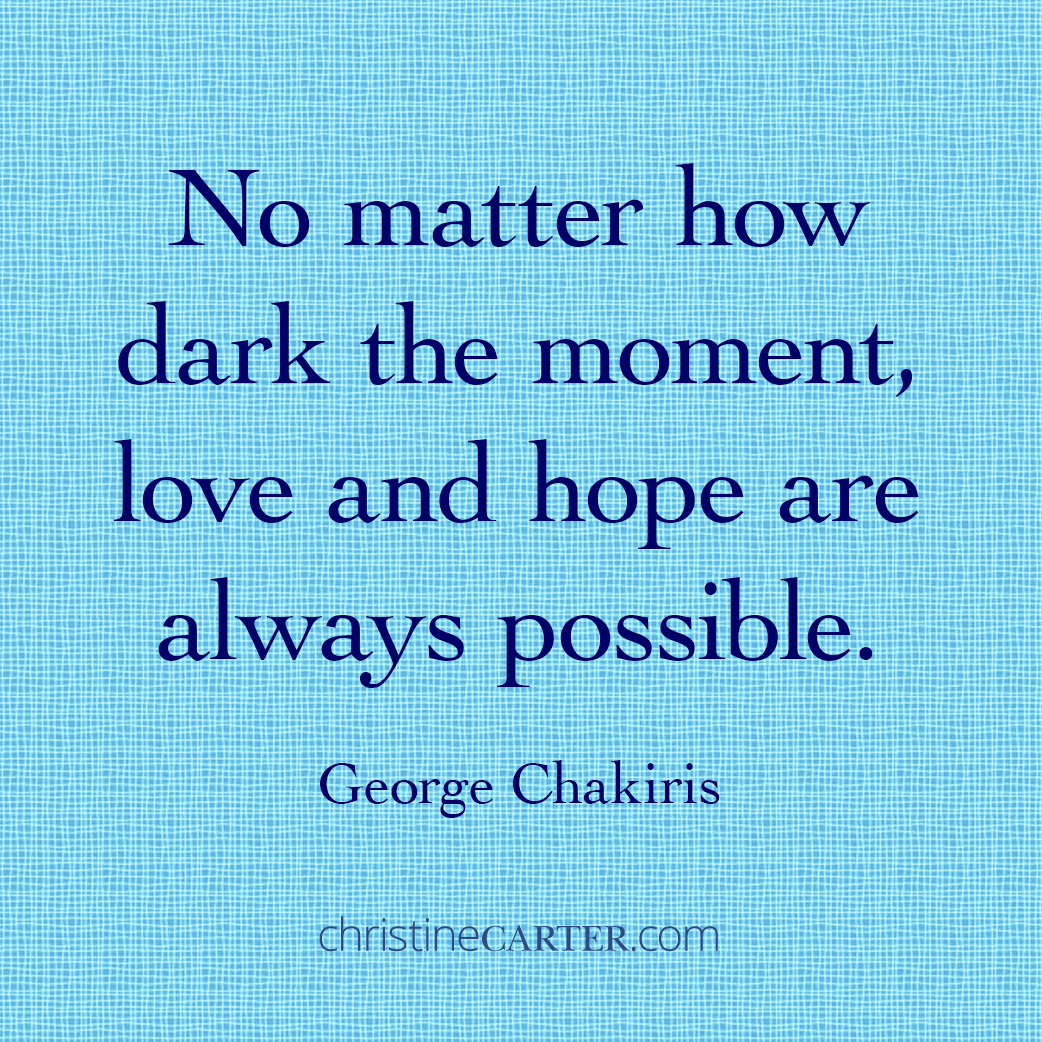
“No matter how dark the moment, love and hope are always possible.”
— George Chakiris
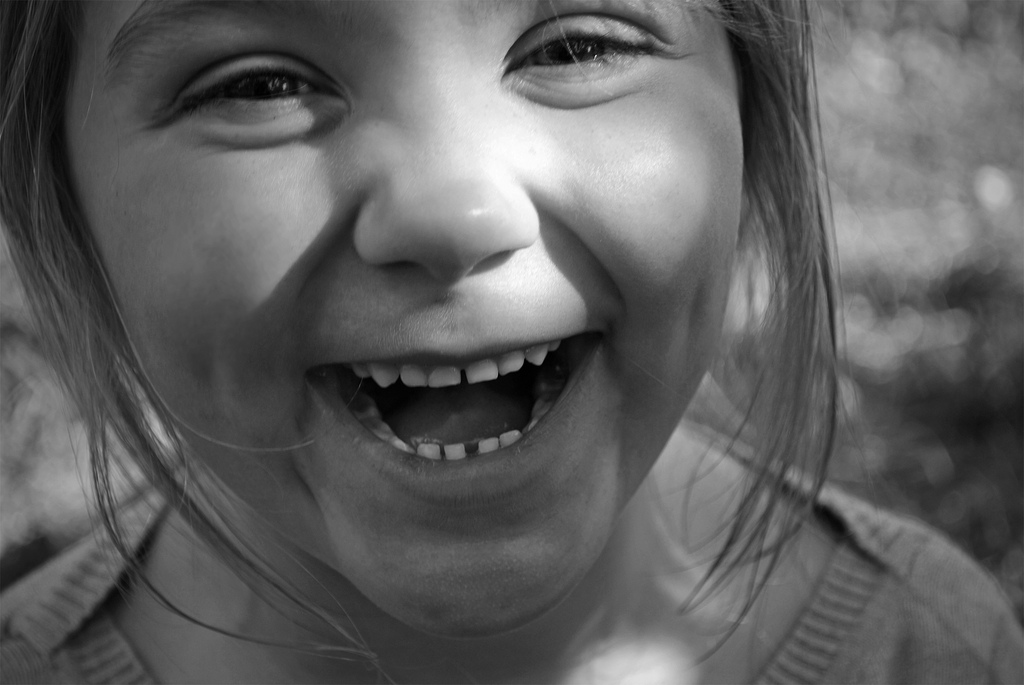
The good news is that there are many secrets to happiness. But some keys to happiness are much more powerful than others, and the more powerful ones tend to be more surprising, as well.
I’ve studied the science related to happiness and positive emotions for more than a decade. A little over a year ago, I took a step back from the research to determine which happiness tips were the most powerful for my coaching clients, and in my own life.
What emerged was a list of real-life keys to happiness that I had never really blogged or written about, and that my colleagues haven’t been teaching or talking about.
I was so surprised! (And truly glad to be surprised! I can only tell people to practice gratitude so many times before we all start looking for something new.)
In any case, I’m going to share my 3 Surprising Happiness Tips in a quick, free webinar I hope you will join us! Register now here.

Worry does not empty tomorrow of its sorrow, it empties today of its strength. –Corrie ten Boom